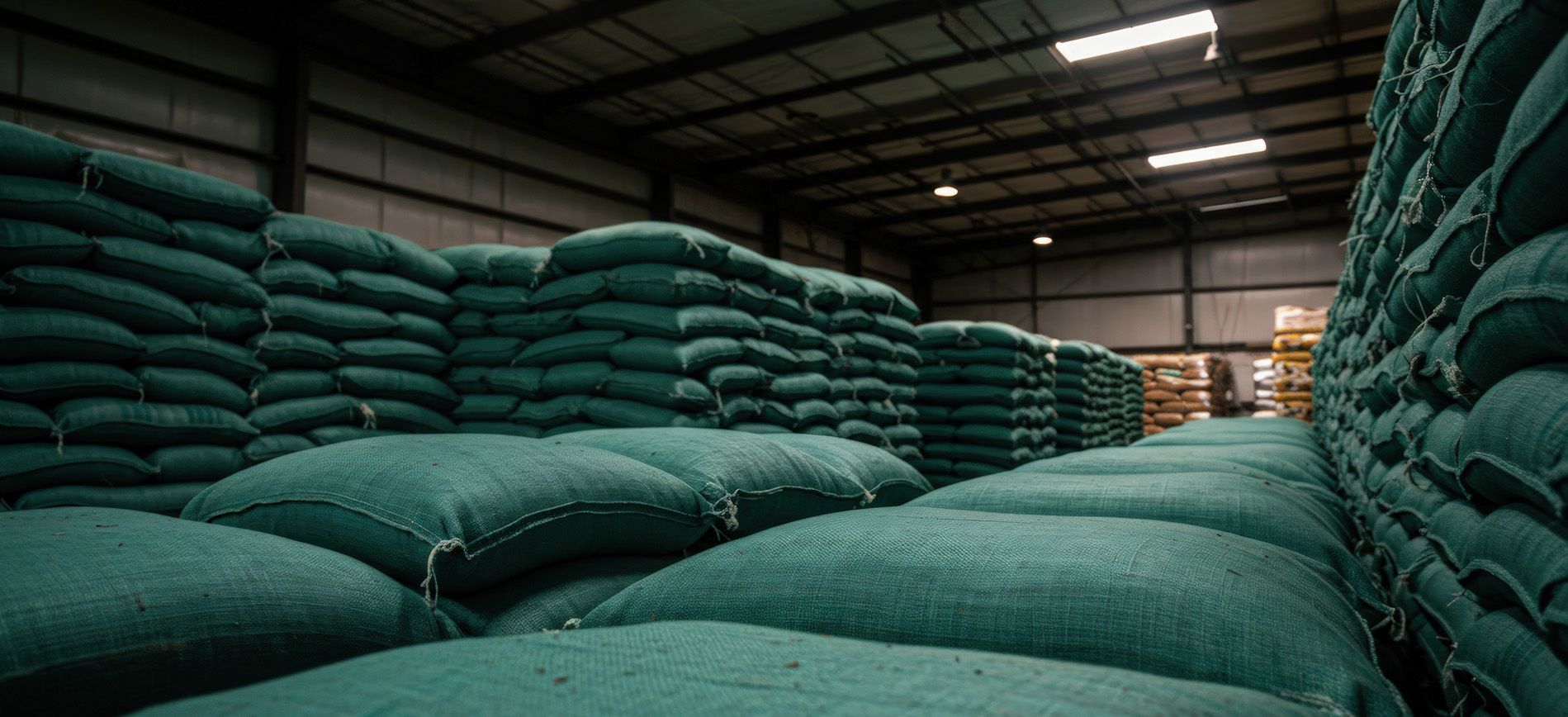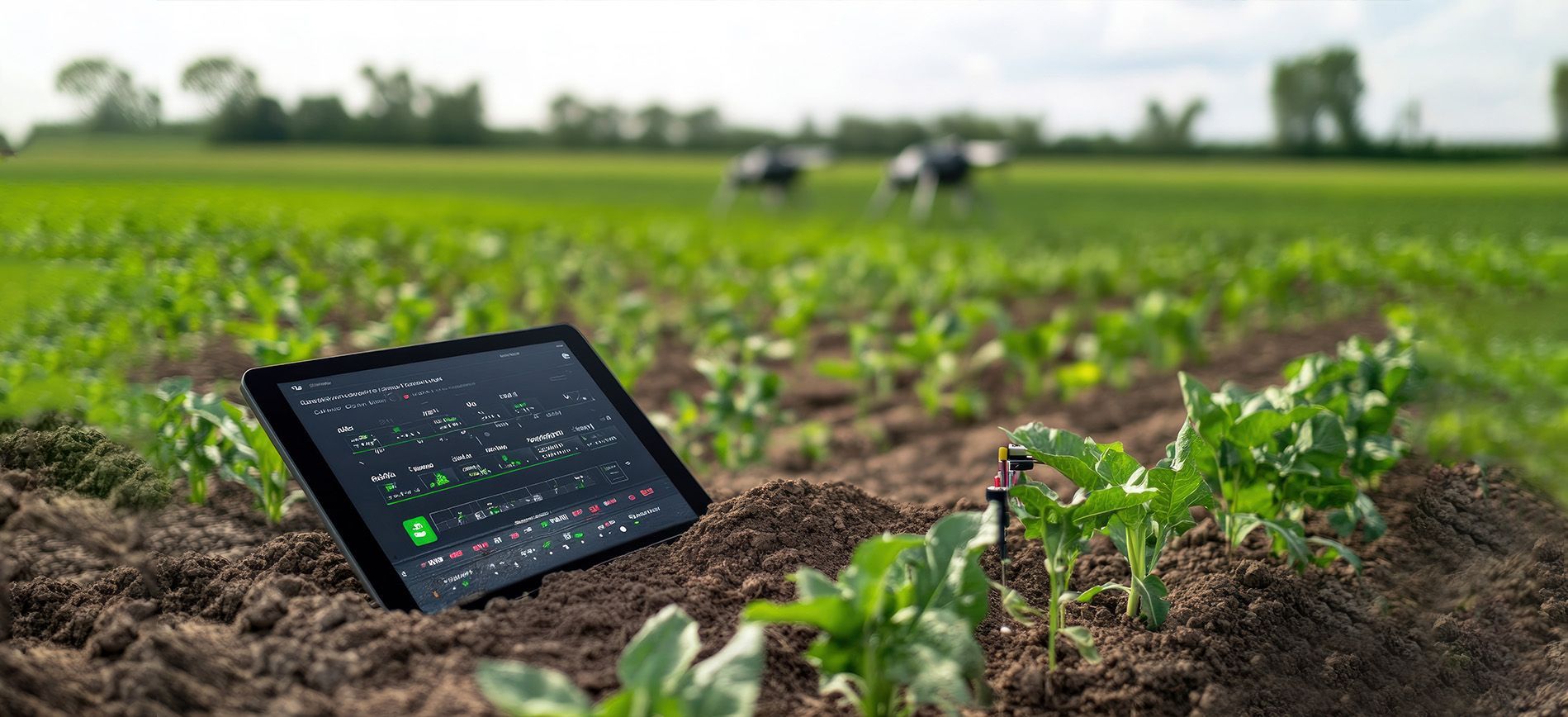Carbon Smart Fertilizers – Reducing Emissions While Feeding the World
Carbon Smart Fertilizers – Reducing Emissions While Feeding the World

Introduction: The Carbon Challenge in Agriculture
Agriculture is both a victim and a contributor to climate change. While farming sustains human life, it also accounts for nearly 11% of global greenhouse gas emissions, mainly due to fertilizer use—especially nitrogen-based products. As the world shifts toward carbon neutrality, the pressure is mounting on the fertilizer sector to reduce its environmental footprint.
Enter Carbon Smart Fertilizers—a new generation of nutrient solutions designed to reduce emissions, enhance soil carbon, and increase nutrient efficiency. These fertilizers are not only about feeding plants, but also about safeguarding the planet.
Source – FAO – Climate-Smart Agriculture
What Are Carbon Smart Fertilizers?
Carbon smart fertilizers are formulated or managed to:
- Reduce greenhouse gas (GHG) emissions, particularly nitrous oxide (N₂O)
- Increase soil organic carbon through biological stimulation.
- Enhance nutrient uptake efficiency, minimizing nutrient loss.
- Support regenerative practices that restore soil health
They include:
- Enhanced Efficiency Fertilizers (EEFs) – e.g., nitrification inhibitors, controlled-release nitrogen
- Bio-based or organo-mineral blends – integrating composts or biochar
- Microbial inoculants – promoting soil carbon sequestration and nutrient cycling
- Fertilizers with low carbon footprints – produced using renewable energy or green ammonia
Why It Matters: Fertilizers and GHG Emissions
| Emission Source | Contribution (%) |
|---|---|
| Nitrous Oxide (N₂O) from soils | ~38% of agri-related GHGs |
| CO₂ from fertilizer manufacturing | ~18% |
| Methane from land use | ~21% |
Nitrous oxide is nearly 300 times more potent than CO₂ in warming potential.
Carbon innovative fertilizer practices can cut N₂O emissions by 30–70%, depending on product and management.
Source – IPCC – Emissions Factors
Carbon-Saving Fertilizer Strategies
Use Stabilized Nitrogen
- Urease inhibitors (e.g., NBPT) slow urea breakdown, reducing volatilization
- Nitrification inhibitors (e.g., DCD, DMPP) lower N₂O emissions by slowing nitrate formation
Adopt Controlled-Release Fertilizers (CRFs)
- Polymer or sulfur-coated urea ensures nutrient release matches crop uptake.
- Reduces excess nitrogen in the soil, a driver of emissions
Incorporate Carbon-Based Carriers
- Biochar, humic acids, and compost enhance soil carbon while delivering nutrients.s
Switch to Low-Carbon Ammonia
- Green ammonia (from hydrogen electrolysis) cuts CO₂ emissions by 80–90% vs conventional ammonia.
Optimize Application Methods
- Banding, fertigation, and split applications reduce surface exposure and leaching.
Climate-Responsive Fertilizer Products from Green Gubre Group
At Green Gubre Group, we are committed to climate-smart solutions:
- N-Stabilize Series – Urea with NBPT and DMPP for reduced N₂O emissions
- EcoCoat CRF Range – Controlled-release NPKs with polymer coating
- CarbonMix Blends – Organo-mineral fertilizers with biochar or compost base
- Liquid Nitrates – Efficient delivery with minimal volatilization loss
- Micronutrient Chelates – Improve nutrient uptake and reduce residual losses
Our agronomists support farmers with:
- Emissions reduction planning
- Product carbon footprint data
- Soil organic carbon restoration strategies
Carbon Markets and Fertilizer Incentives
Governments and agribusinesses are now offering carbon credits and green premiums for emissions-reducing practices. Fertilizer choices play a significant role in eligibility.
Farmers adopting carbon-smart fertilizers may qualify for:
- Sustainable certification programs
- Regenerative agriculture grants
- Low-interest green finance
- Carbon offset payments (per tCO₂e avoided)
Source – Verra – Carbon Market Standards | Gold Standard – Agriculture
Conclusion: Grow More, Emit Less
In the age of climate disruption, fertilizers must do more than grow food—they must also protect the future. Carbon smart fertilizers are a powerful tool for growers to align productivity with environmental stewardship.
By combining efficiency, innovation, and sustainability, Green Gubre Group is proud to support the transition to a low-emission, high-output agriculture.




